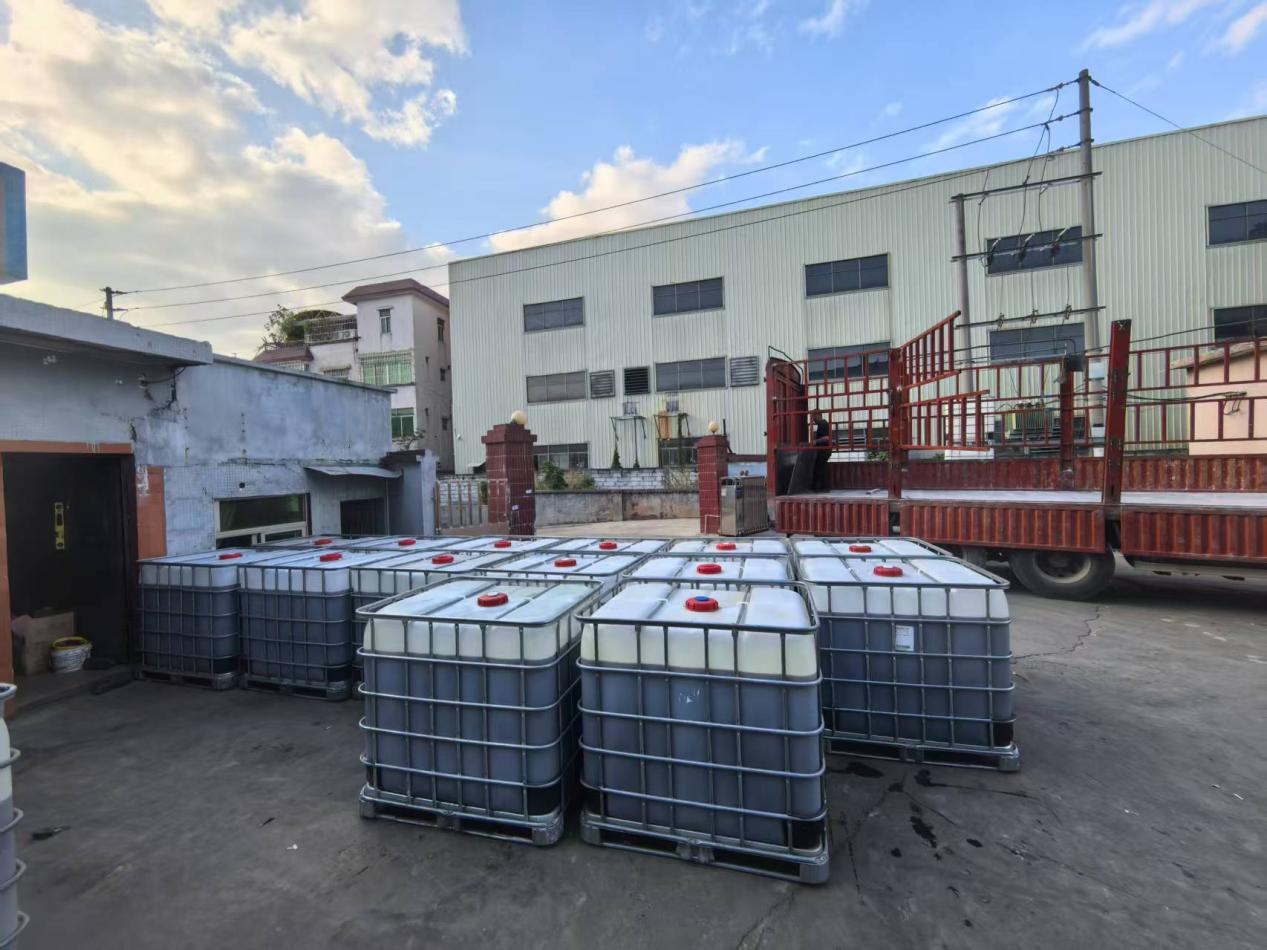What is a Decoloring Agent?
A decoloring agent is a chemical or biological substance designed to remove color-causing compounds from water. These agents target chromophores—molecular groups responsible for color—through mechanisms like adsorption, chemical reaction, or coagulation. In industrial settings, industrial decoloring agents are specifically formulated to handle complex wastewater matrices, including high concentrations of dyes, organic matter, and heavy metals.
Types of Industrial Decoloring Agents
1.Coagulating Agents: These agents, such as aluminum sulfate (alum) or polyaluminum chloride (PAC), neutralize charged color particles, causing them to clump into larger flocs that can be easily separated. They are effective for removing ionic dyes and organic contaminants in textile and paper mill wastewater.
2.Adsorbents: Materials like activated carbon, silica gel, or resin-based adsorbents physically trap color molecules on their surface. Activated carbon, in particular, is widely used for its high surface area and ability to adsorb a broad range of organic dyes, making it a staple in industrial decoloring processes.
3.Oxidizing Agents: Chemicals like ozone, hydrogen peroxide, or chlorine dioxide break down chromophores through oxidation reactions, converting colored compounds into colorless byproducts. This method is ideal for refractory dyes that are resistant to conventional treatment.
4.Biological Agents: Microbial cultures or enzymes can degrade color-causing organic matter through biodegradation. These eco-friendly agents are gaining popularity for treating wastewater from food and pharmaceutical industries, where chemical treatments may be less sustainable.
How Do Decoloring Agents Work?
The effectiveness of a Water Treatment Decoloring Agent depends on its mechanism:
-Adsorption: The agent binds to color molecules, pulling them out of the water phase (e.g., activated carbon).
-Coagulation-Flocculation: Charged agents neutralize particle charges, causing aggregation and sedimentation (e.g., polymer-based flocculants).
-Oxidation-Reduction: Strong oxidizers break chemical bonds in chromophores, destroying their color-producing structure (e.g., Fenton’s reagent).
-Chelation: Some agents form stable complexes with metal ions that contribute to color, making them easier to remove.
Applications of Industrial Decoloring Agents
-Textile Industry: Removes reactive, acid, and disperse dyes from dyeing and finishing wastewater.
-Paper and Pulp Mills: Eliminates lignin-derived color compounds from pulping processes.
-Food and Beverage: Clears color from wastewater containing natural pigments (e.g., tannins, carotenoids).
-Petrochemical and Pharmaceutical: Addresses color from organic solvents, intermediates, or byproducts.
-Municipal Wastewater: Enhances the final stage of treatment to meet strict discharge regulations.

Choosing the Right Decoloring Agent
Selecting an appropriate industrial decoloring agent requires analyzing wastewater characteristics:
1.Type of Color Contaminants: Identify whether dyes are ionic (e.g., sulfonated dyes) or non-ionic (e.g., disperse dyes) to match the agent’s mechanism.
2.pH and Chemical Composition: Some agents work best in acidic or alkaline conditions; others may react with specific ions (e.g., calcium, magnesium).
3.Treatment Goals: Balance between cost, efficiency, and environmental impact—for example, preferring biodegradable agents for eco-friendly processes.
4.Downstream Processes: Ensure compatibility with subsequent treatment steps (e.g., filtration, reverse osmosis).
Conclusion
Decoloring agents are indispensable in modern water treatment, especially for industries generating highly colored effluents. By effectively removing chromatic pollutants, these agents not only improve water clarity but also mitigate ecological risks and enable water reuse. As environmental regulations tighten, the development of more efficient, cost-effective, and sustainable Water Treatment Decoloring Agents—such as bio-based adsorbents or advanced oxidizing systems—will continue to drive innovation in industrial wastewater management.
Whether through coagulation, adsorption, or oxidation, the strategic use of these agents ensures that colored wastewater is transformed into a resource that is safe for discharge or reuse, underscoring their vital role in global water sustainability efforts.
As a professional chemicals manufacturer in the water treatment Industry, Sanmei have helped more than 5,000 plants with process solutions and helped them improve production efficiency, reduce costs, and optimize profit plans. Our main goal is to assist you in optimizing production efficiency and profitability in a sustainable way. Welcome to consult us and get a free wastewater treatment solution by filling in the form below or email to brian@san-mei.com.












